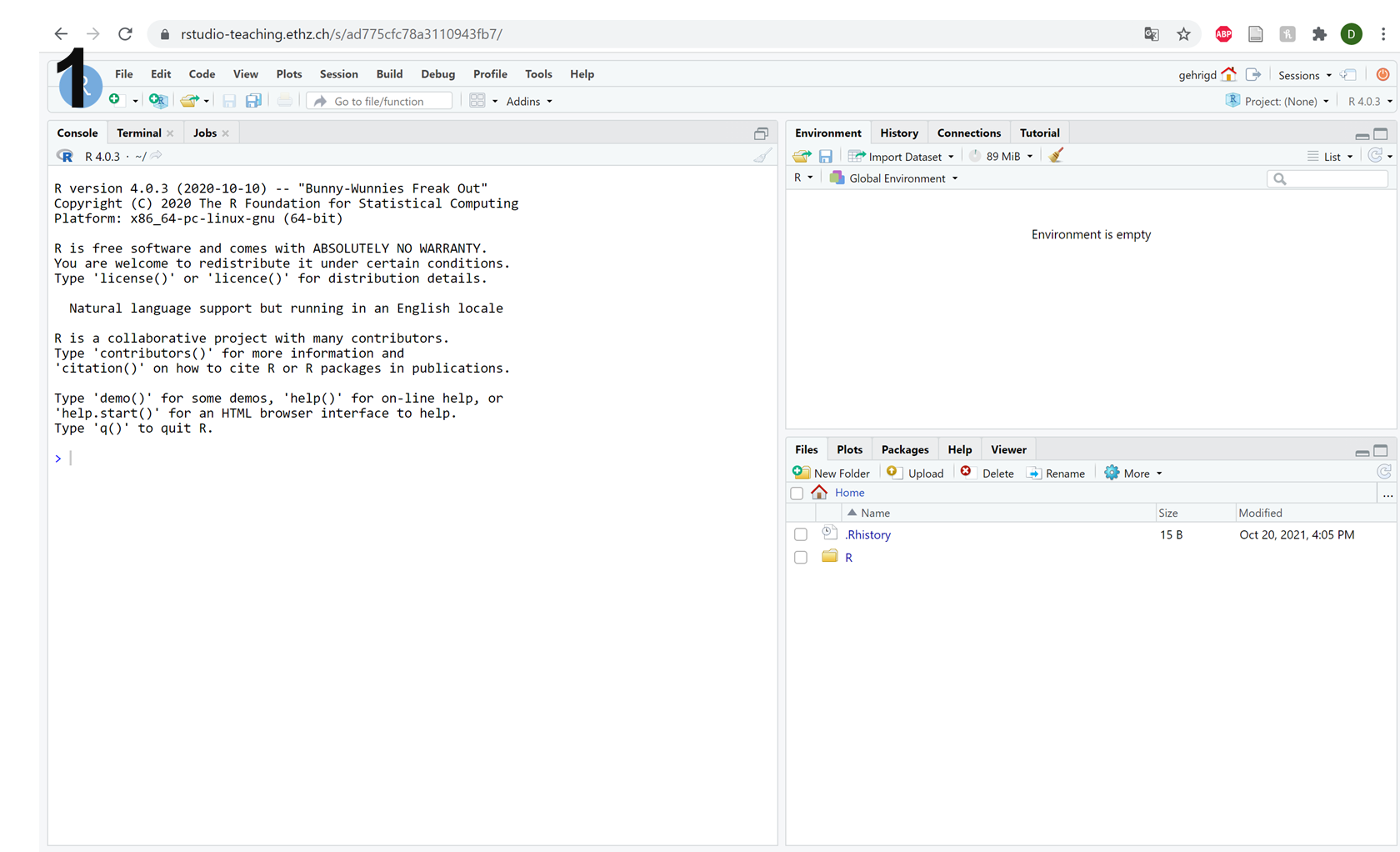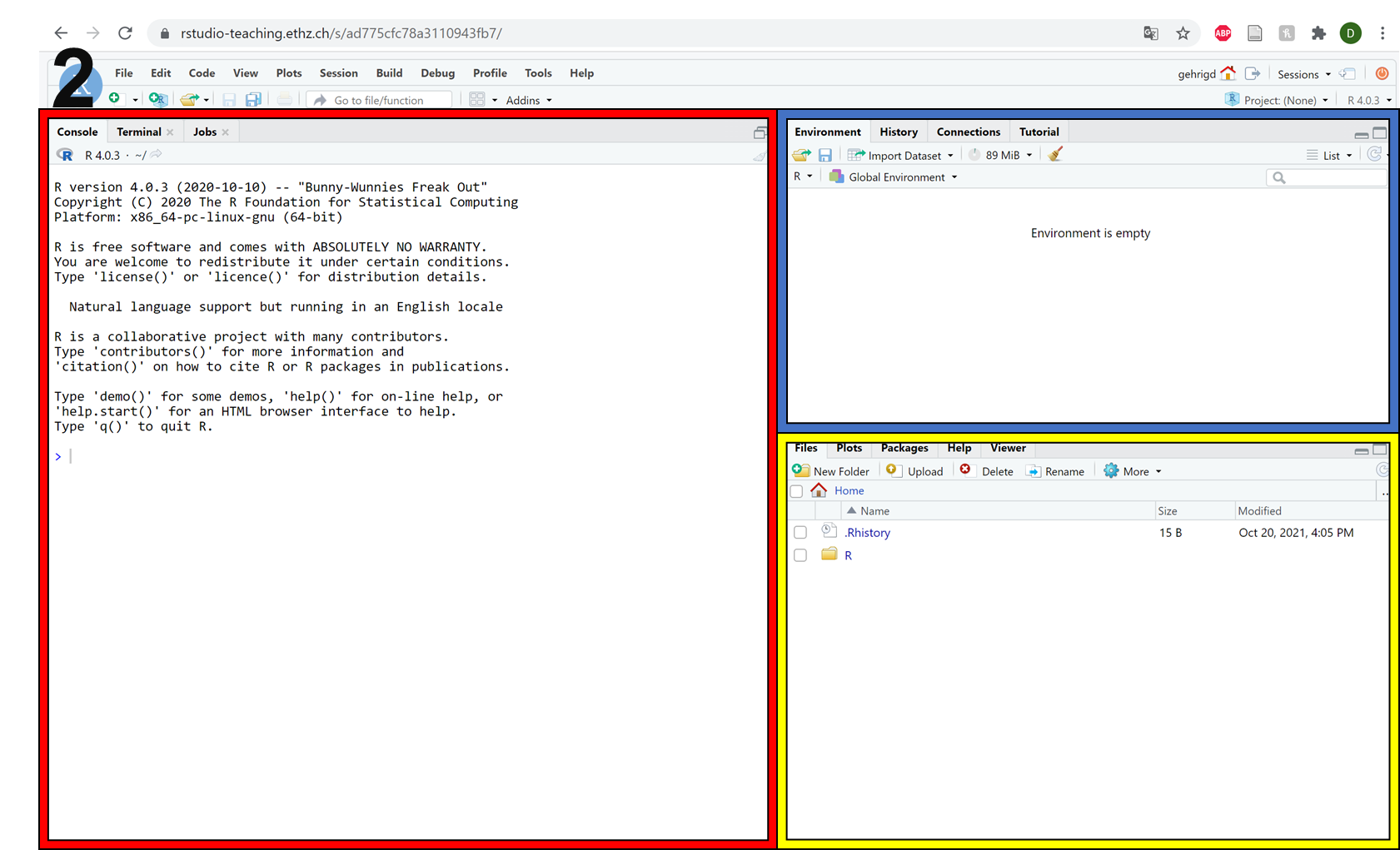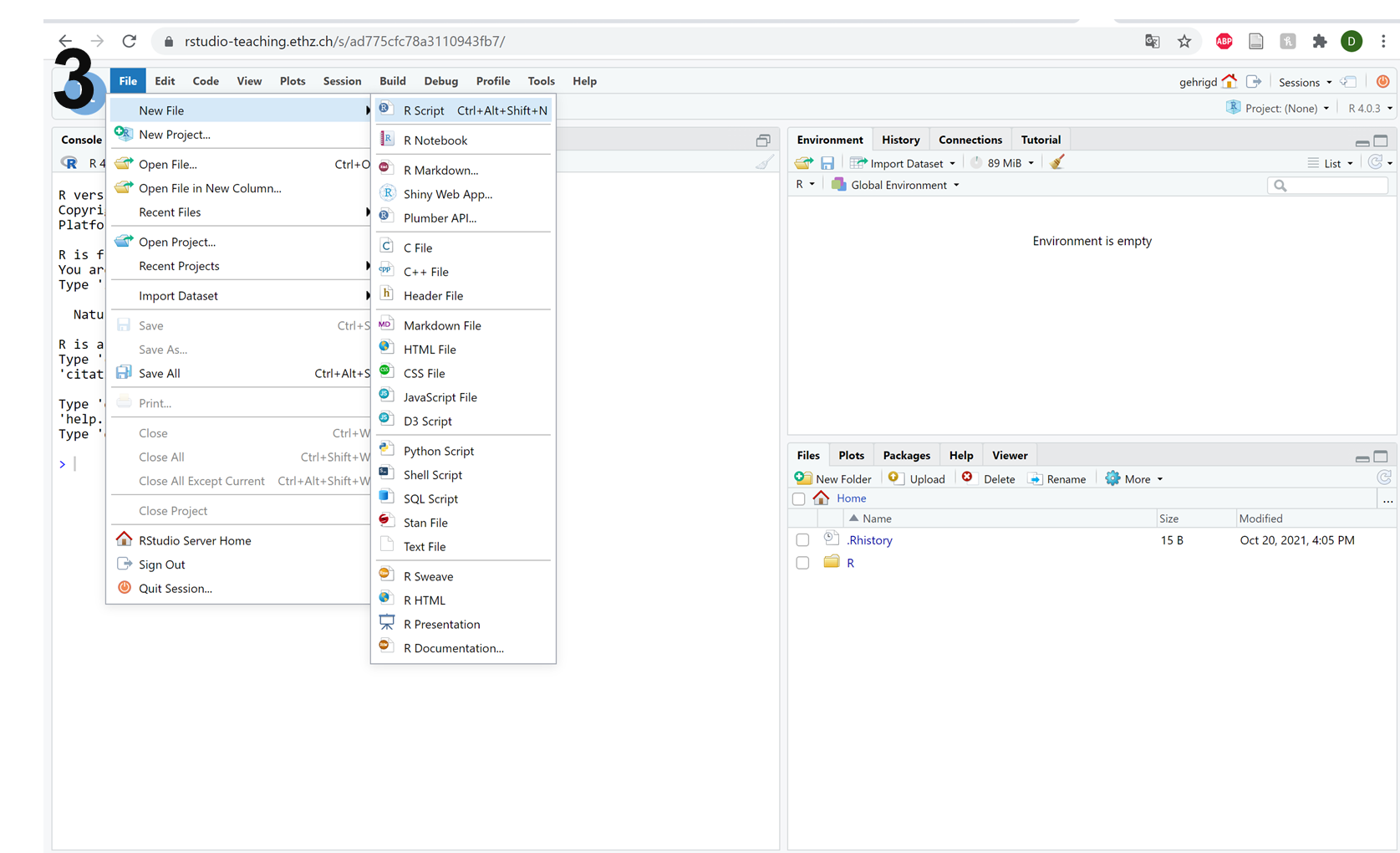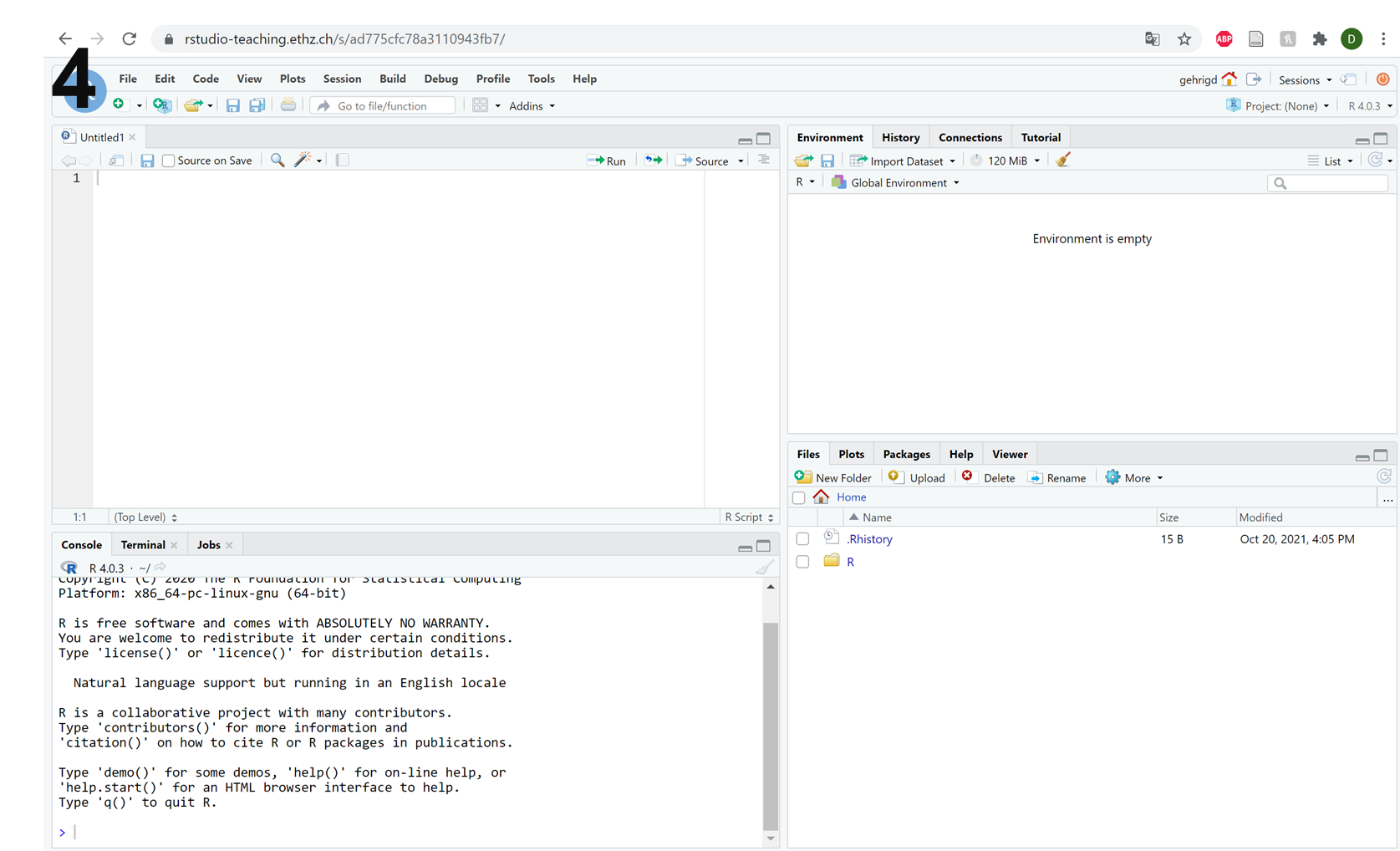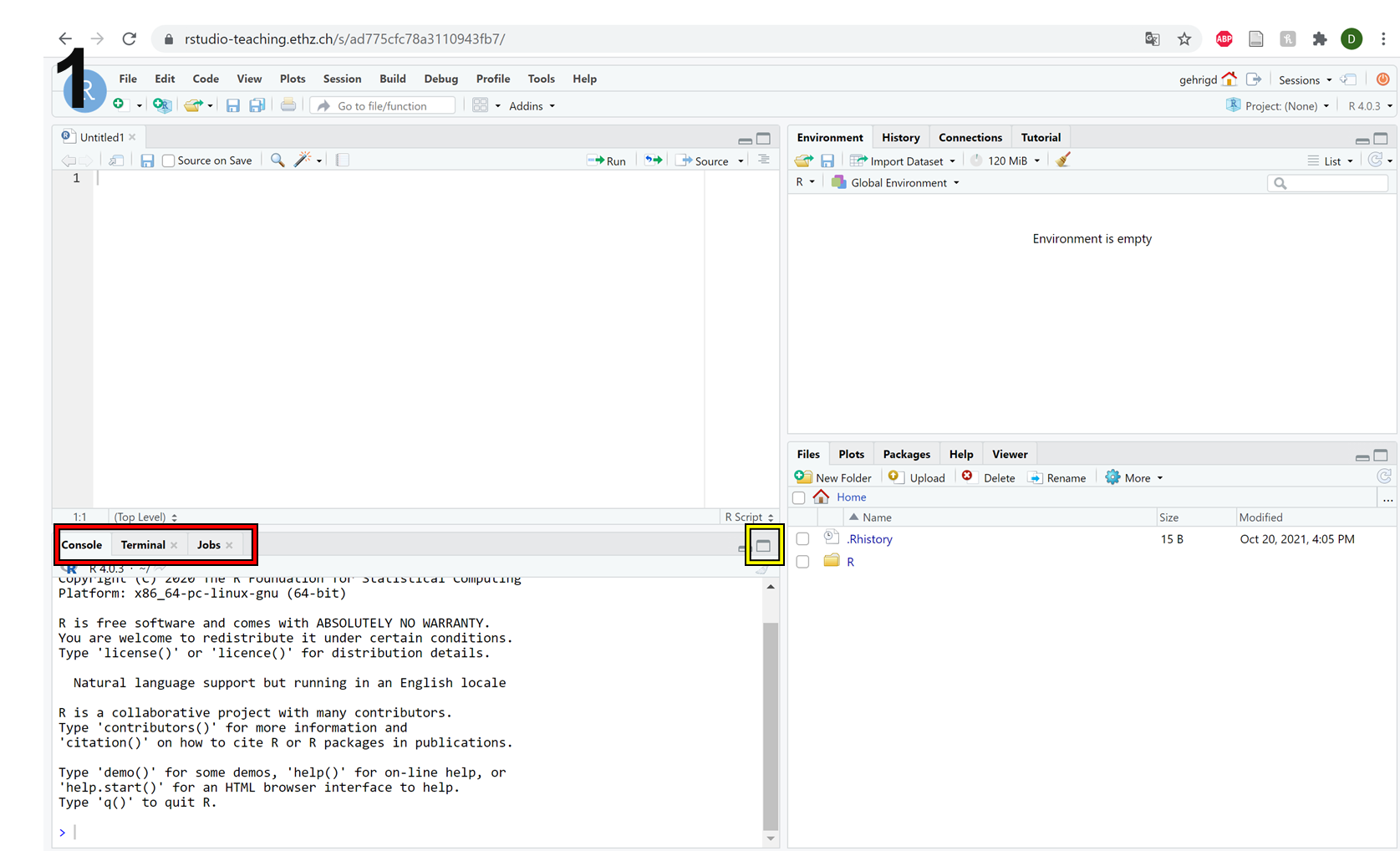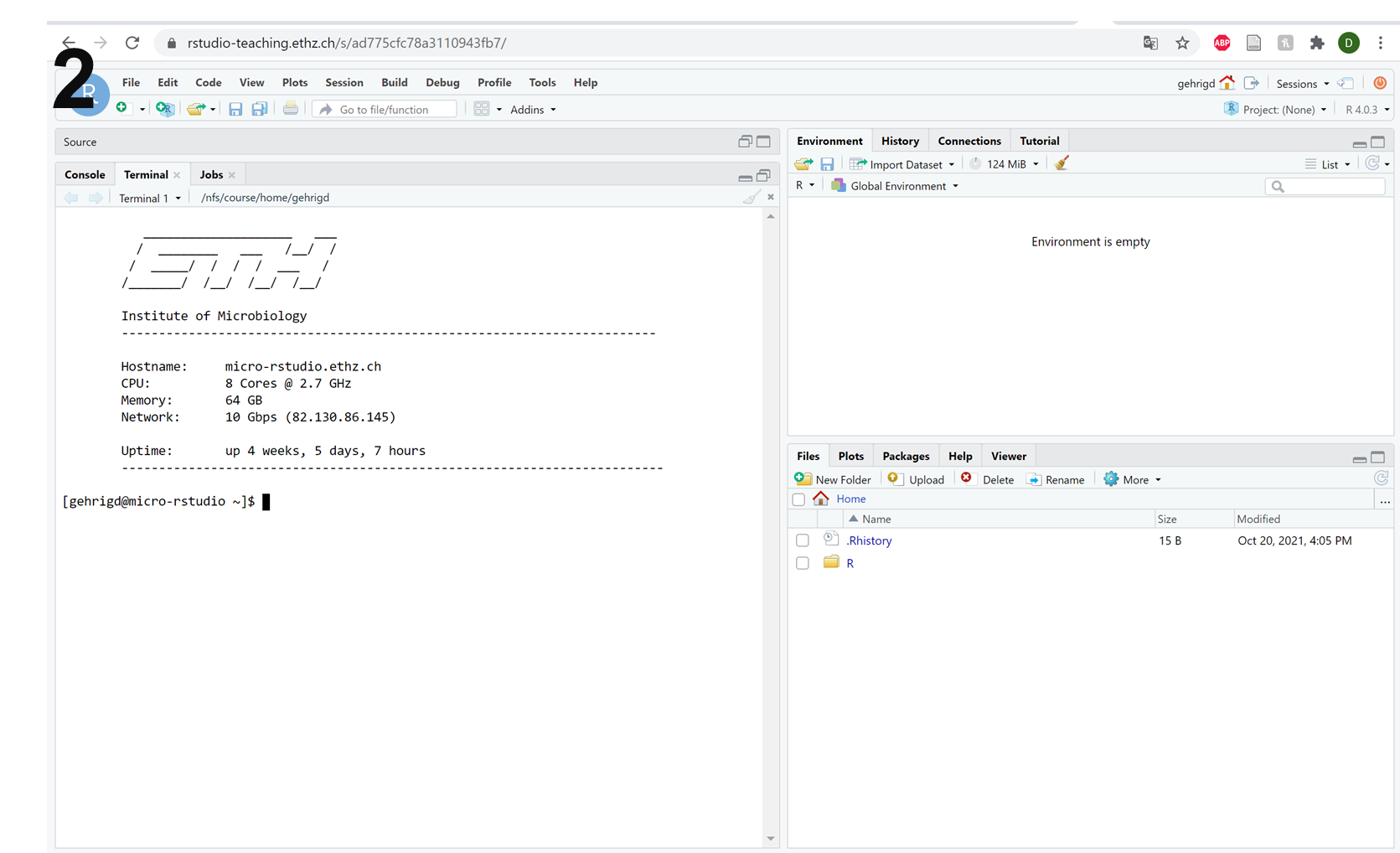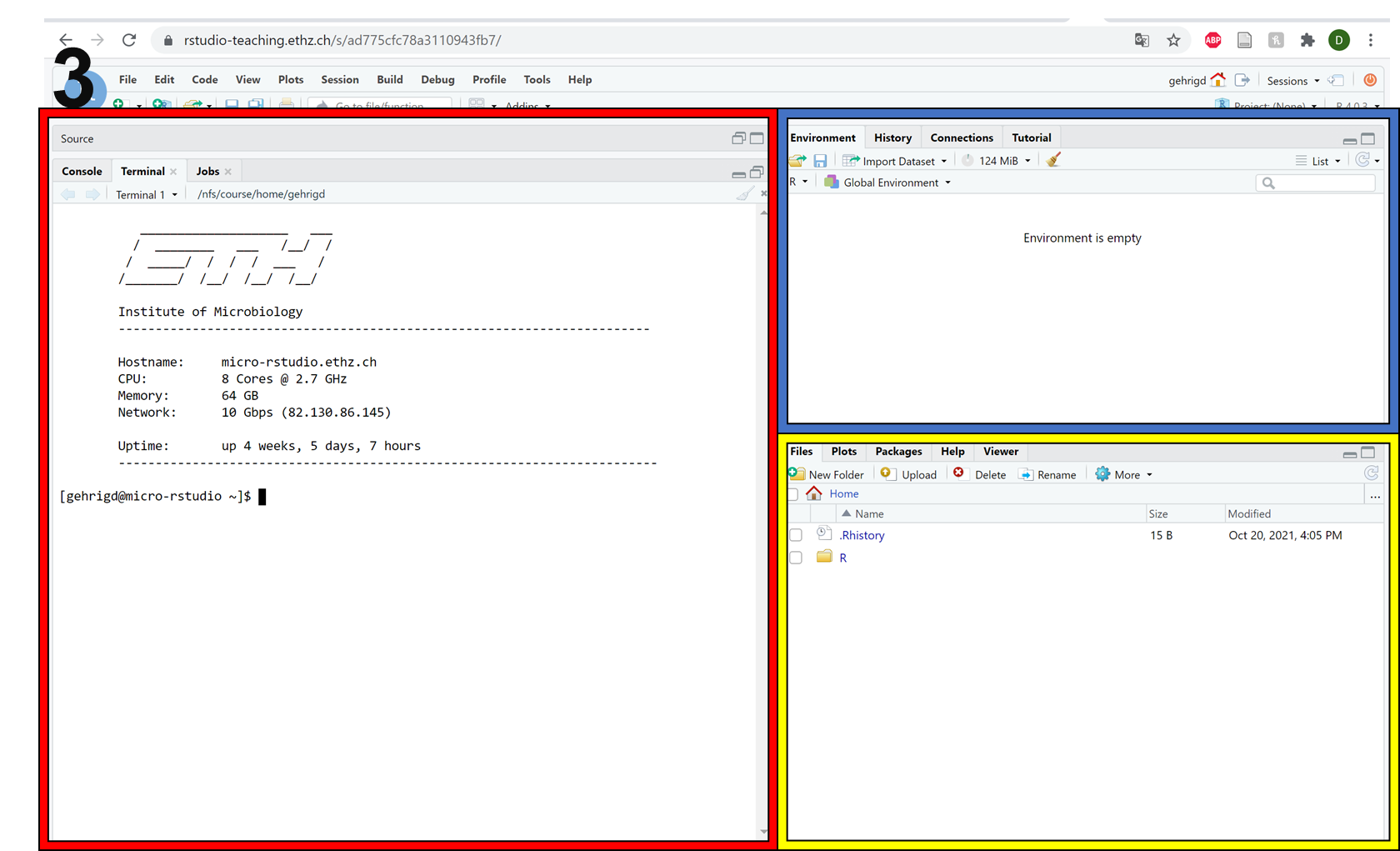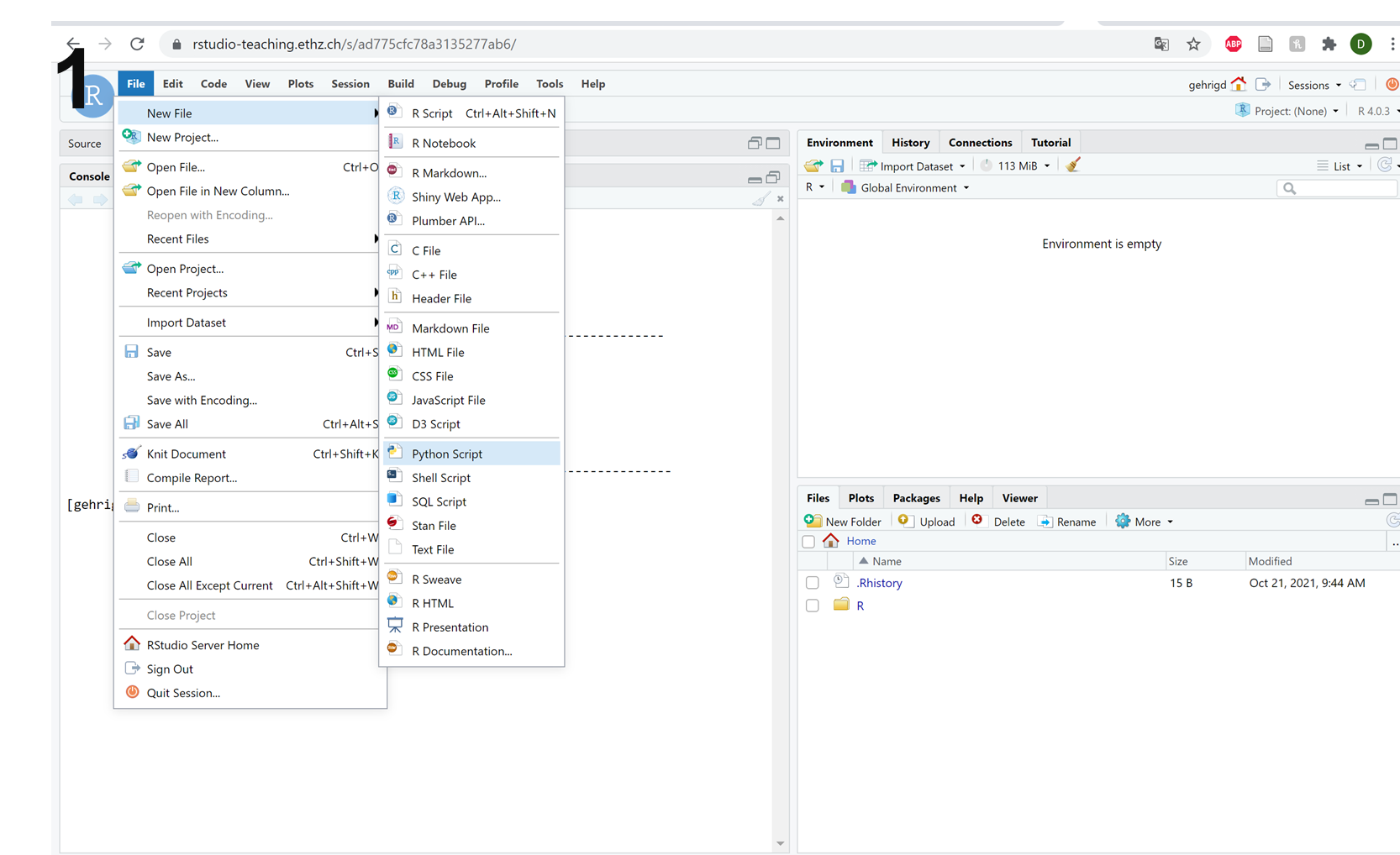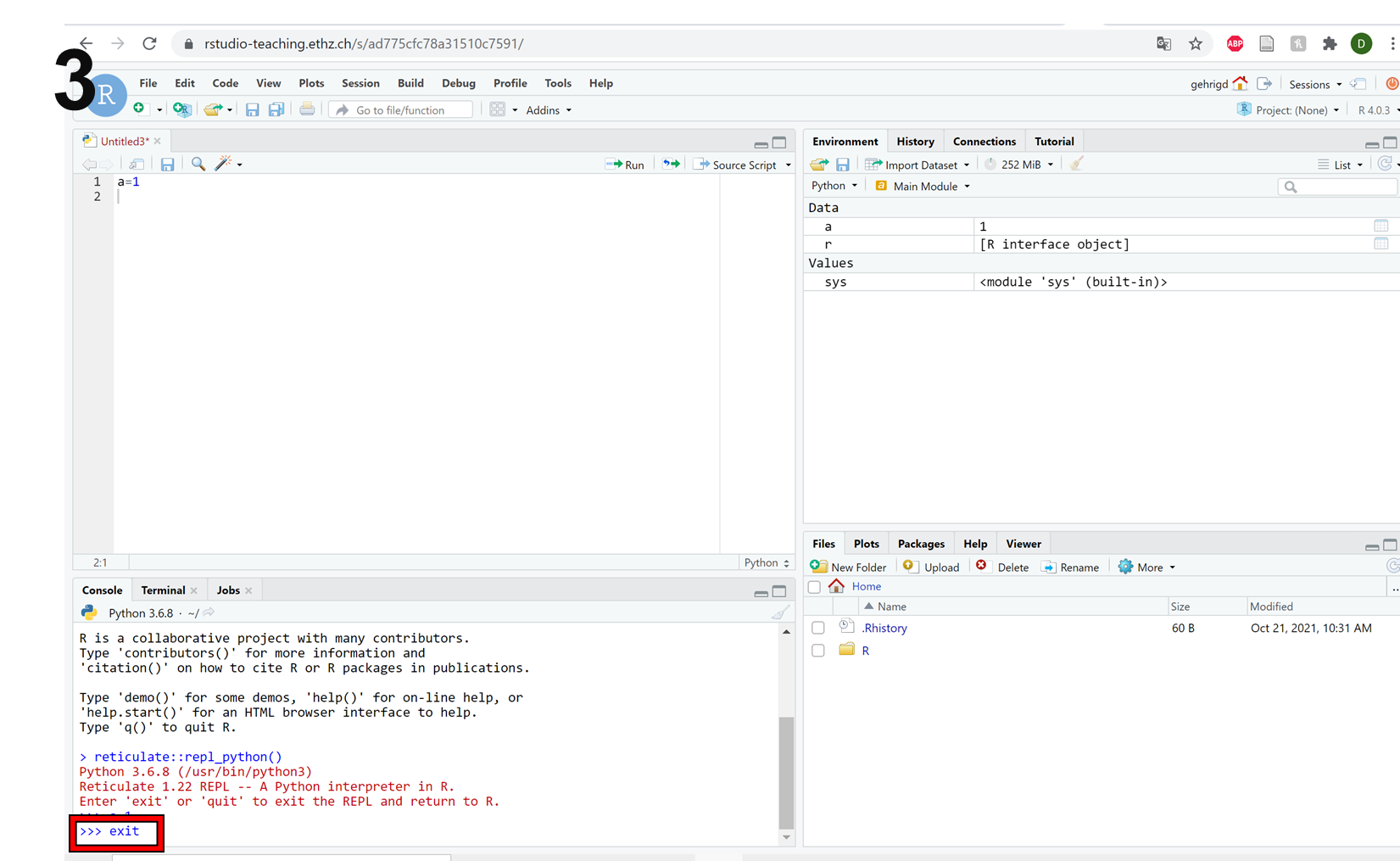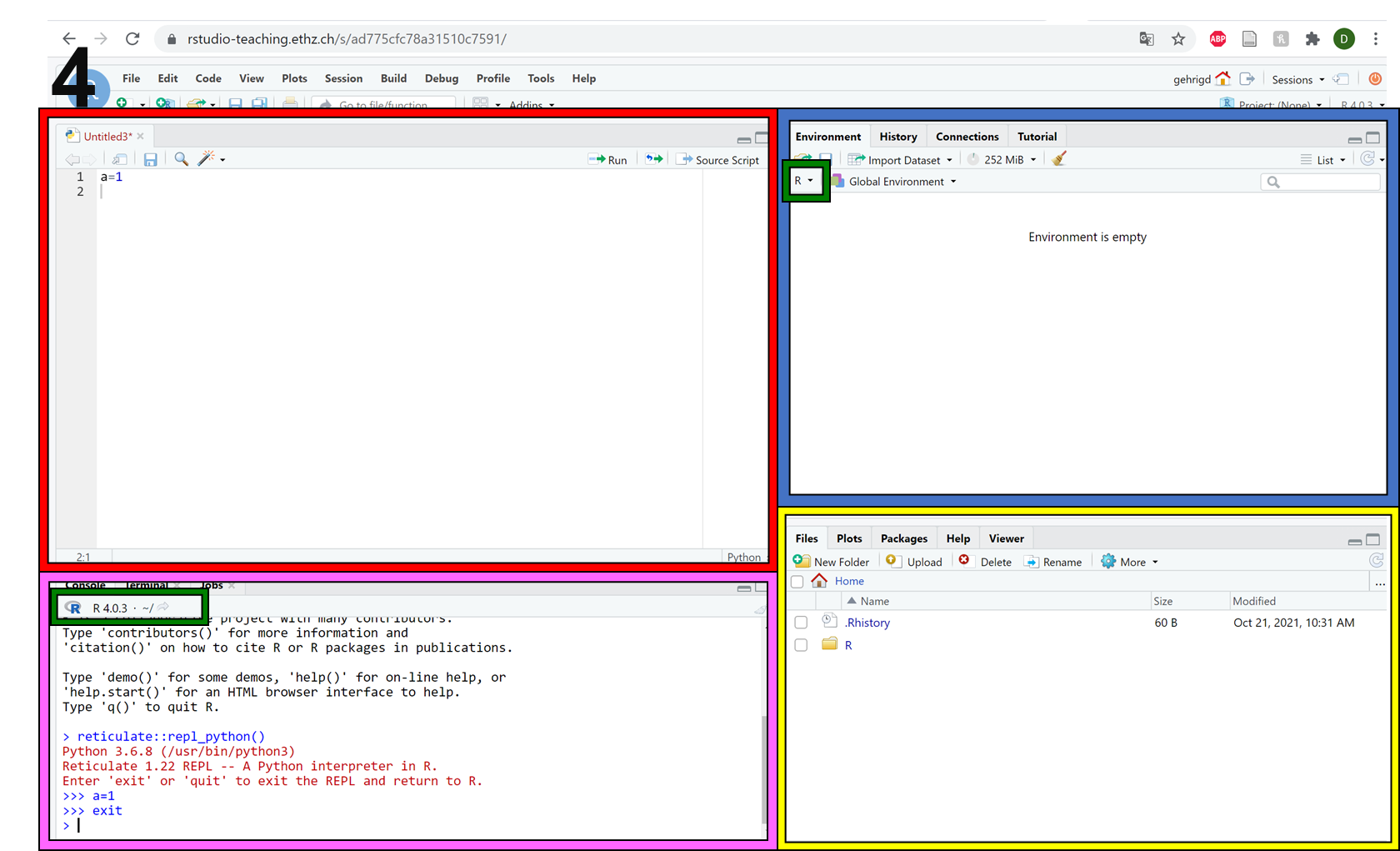Networks#
Computers have been connected to each other to exchange data since the 1950s and now we take internet access for granted on our mobile devices. Behind the screen, there are countless pieces of software and protocols that make everything work, but we won’t go into the details.
It is important however to understand the concept of a remote server. This is a computer sitting somewhere, possibly in the ETH basement, possibly in an enormous data centre in Iceland, which is only supposed to be connected to over the internet. To be able to connect to a server you need to have appropriate access - a username and password - and perhaps you will have to be connecting from an allowed location. For instance, you can only access the ETH remote servers from within the ETH domain, either because you are on the ETH WiFi or have connected via VPN.
VPN, or Virtual Private Network, is a way of connecting to a server that then channels all of your internet traffic through the server as if you were in its location. So if you use the ETH VPN, you will have access to everything as if you were connected to the ETH WiFi or cable network.
If you have not already connected your devices with the ETH VPN you can find the instructions to do so here.
Command line interface#
Although software exists which allows you to access a server just as if you were logging into a normal computer - with a graphical user interface and everything - many will only provide a command line interface. This is a text-based method of communication that almost all computers have, though it is typically hidden out of sight for most users.
The terminal functions like an old fashioned text adventure game, or a voice-activated assistant that requires you to type in your commands.
Accessing the command line interface on your own computer depends on your system:
Windows#
In the taskbar menu type ‘command’ and Command Prompt should appear for you to launch
Alternatively press Windows Key + r and type ‘cmd’ into the box and Command Prompt should launch
Mac#
Click the launchpad icon in the dock, type ‘Terminal’ into the search field and launch from there
Alternatively in the Finder, navigate to /Applications/Utilities folder and launch Terminal from there
Connecting to a remote server#
Your local computer is often not capable of doing bioinformatic work within a reasonable time. Therefore, in order to do bioinformatics, you have to connect to remote servers which have higher capacities than your local machine. ETH provides to its members access to a server named Euler, which can be accessed at the address: euler.ethz.ch. Bioinformatic labs often have in addition their own remote servers.
In order to work on a server, you have to connect to it using a protocol called Secure Shell or ssh. The ssh structure usually is <your-ID>@<server-address> (Note: < and > are not part of the command) in case of Euler this is <yourETH-ID>@euler.ethz.ch, so the command to connect for Euler is.
# Command to connect to euler
ssh <yourETH-ID>@euler.ethz.ch
R Workbench#
RStudio server site: Server 03
You may already be familiar with R-Studio, a development platform for programming in R. R-Workbench is built on R-Studio and can also be used for other programming languages and as a Unix terminal. To login to the R-Workbench only your ethz-login and connection to the ETH-network (either being connected to the ETH-WiFi or via VPN) are necessary. You do not have to SSH but can do so if you want to using the address rstudio-teaching-XX.ethz.ch, where XX is 01, 02 or 03 as determined above.
Working in R#
When you first login into the R-Workbench, it should look like picture 1. You should be familiar with this layout from “Statistik II” since it is the same as R-Studio on your computer. In case you have already forgotten what is what, picture 2 gives you an overview.
The red frame shows the R console where you can issue commands and results are shown.
The blue frame shows the environment, here all your variables are stored.
The yellow frame shows your home folder (more on this later) and the files it contains, plots, packages from your session, and it can also show you help information.
If you are wondering where the R script is, you have to open it manually. Click on File -> New File -> R Script (or Ctrl + Alt + Shift + N for the short) as you can see in picture 3. This should lead you to the 4 panels you know from “Statistik II” (picture 4).
Working in Unix#
Most of the work will not be done with R but with Unix.
To access the remote server’s terminal click on Terminal on top of the console panel (picture 1, red frame).
To enlarge the panel you can click onto the yellow framed button in picture 1.
You should already be logged in to the server and your setup should look similar to picture 2.
When you are working on the terminal, please note that the environment (blue frame in picture 3) and the files/plots/packages/help (yellow frame in picture 3) become irrelevant and everything will be displayed in the terminal panel (red frame picture 3).
Working in Python#
Some of the course will require programming in Python, which you should be familiar with from “Grundlagen der Informatik”. To open a Python Script, click on File -> New File -> Python Script (picture 1). Just as with the R environment, there are again 4 sections (picture 2).
In the red frame you have the python script. As soon as you run the python script, the 3 other panels change to python settings.
In blue you have the python environment where all your variables are stored.
In yellow the files/plots/packages/help are presented.
In the pink frame is the console, which is now a Python environment. This is also displayed on the top left corner of the console and the environment (green frames picture 2).
To exit the Python environment you have to enter exit into the console (picture 3). Once you exit the Python environment, the environment (blue frame picture 4), the files/plots/packages/help panel (yellow frame picture 4) and the console (pink frame picture 4) return to their R settings. Again, this can be seen in the top left corner of the console and the environment (green frames picture 4). Please note that the script panel (red frame picture 4) still shows a Python Script (also after ou exited the enviroment) and when you run the script again, the environment will change back from R to Python settings.
